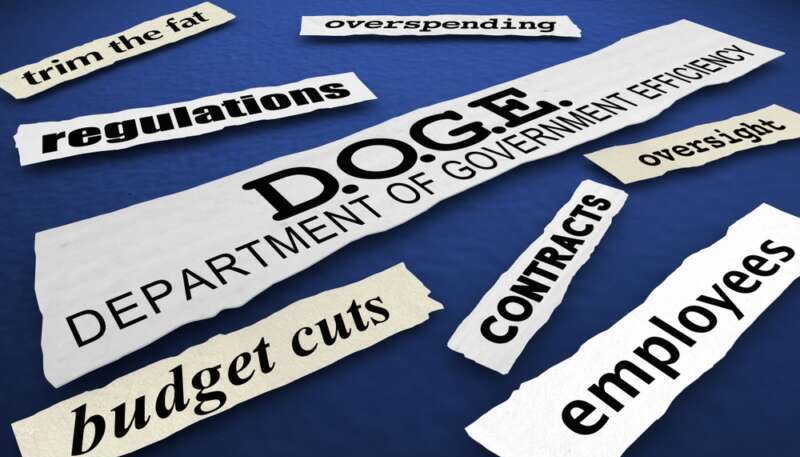
The Department of Government Efficiency (DOGE) is no longer the centralized organization it once was, according to Office of Personnel Management (OPM) Director Scott Kupor.
Kupor told Reuters that DOGE “doesn’t exist,” adding that the White House’s cost-cutting organization is no longer a “centralized entity.” He explained that most of DOGE’s functions have been absorbed by OPM.
An OPM spokesperson directed MeriTalk to a Nov. 23 tweet from Kupor, which clarified that DOGE still technically exists – just not in the same way it did when President Donald Trump signed an executive order in January to stand up the organization.
“The truth is: DOGE may not have centralized leadership under [the U.S. DOGE Service]. But the principles of DOGE remain alive and well: de-regulation; eliminating fraud, waste and abuse; re-shaping the federal workforce; making efficiency a first-class citizen; etc.,” Kupor wrote.
Kupor said that “DOGE catalyzed these changes” and federal agencies such as OPM and the Office of Management and Budget “will institutionalize them.”
In a separate tweet on Nov. 23, the U.S. DOGE Service said, “The executive order establishing U.S. DOGE Service (USDS) is still in effect. USDS is still partnering with agencies to modernize federal technology and software to maximize governmental efficiency and productivity.” The tweet was accompanied by a meme that reads, “I’m alive.”
Under the executive order, the U.S. DOGE Service will cease to exist on July 4, 2026.
President Trump created DOGE on the first day of his new administration via the executive order, which rebranded the U.S. Digital Service as the U.S. DOGE Service with a focus on modernizing federal government technology to improve efficiency and productivity.
As of this week, DOGE has claimed to generate $214 billion of savings for the government, which it said is made up of a “combination of asset sales, contract/lease cancellations and renegotiations, fraud and improper payment deletion, grant cancellations, interest savings, programmatic changes, regulatory savings, and workforce reductions.” Those savings figures have been widely questioned.
President Trump tapped Elon Musk to head DOGE; however, Musk stepped away from that role in May. Amy Gleason is the acting administrator of the U.S. DOGE Service, but she also serves as a strategic advisor to the Centers for Medicare & Medicaid Services.
Musk said in January that DOGE aimed to achieve total savings of up to $2 trillion.
